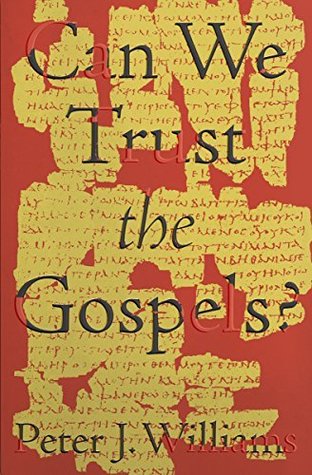More on this book
Community
Kindle Notes & Highlights
Tacitus tells us that at the time of the Great Fire in AD 64, there were many Christians in Rome. He uses the Latin phrase multitudo ingens, “vast multitude.”
6). A particularly interesting example has a disambiguator both outside and inside speech. Concerning the blind beggar Bartimaeus, Mark says that when he heard “that it was Jesus of Nazareth, he began to cry out and say, ‘Jesus, Son of David’” (10:47). The disambiguator is used outside speech because the narrative here is reporting what the blind man heard. Simply saying that someone with a common male name was passing by would not explain why the beggar began to call out.
Another striking piece of knowledge appears where Luke records that the tax collector Zacchaeus climbed up a sycamore tree in Jericho (Luke 19:4). The relevant species, ficus sycomorus, did not grow in northern Mediterranean countries (Italy, Greece, Turkey), and in fact lacks natural pollinators in those countries.53 But this tree was characteristic of Jericho, according to the second-century rabbi Abba Shaul.54 How did the author know there were sycamores in Jericho? The simple explanation is that he had either been there or spoken to someone who had.
John gives no explanation of why Jesus should single out Philip for this question, nor why Andrew should join in the reply. However, earlier John says, “Now Philip was from Bethsaida, the city of Andrew and Peter” (John 1:44; see also 12:21). John does nothing with this information, but it makes sense in the light of Luke 9:10, which locates the miracle near Bethsaida.
The fact that the resurrection accounts agree on the major story—the empty tomb and angel(s) seen prior to the encounter with Jesus—differ on many midsized points, and then agree on tiny details such as these, reflects the sort of pattern we would expect from independent reports, not from direct literary dependence or deliberate falsification of narratives. Here the literary evidence suggests that speech has been independently preserved in two witnesses.
We may put the conclusion so far like this: were it not for the many miraculous reports in the Gospels, most historians would be very happy to treat their accounts as generally historically reliable.


